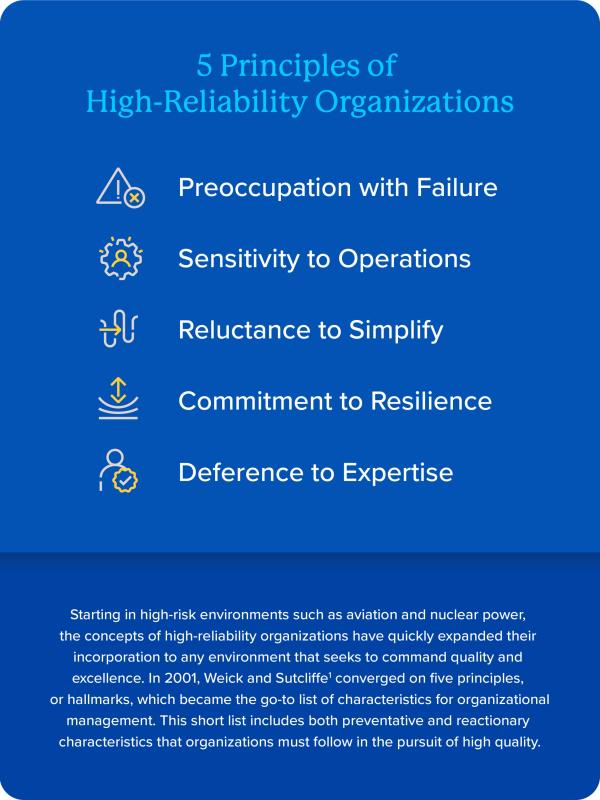
Overcoming the Current Challenges Facing Nursing and Nursing Education

The solution – educating more nurses – leans on the same resources who are already stretched thin and in need of relief.
The challenges of nursing during COVID -19 brought much-needed attention to nursing shortages that had already been growing for years. There are a myriad of causes that will require complex, coordinated solutions – of which universities and healthcare organizations will need to be at the forefront.
One obvious solution to overcoming nursing shortages is enrolling a greater number of students (for which we advocate leveraging online/hybrid program models). Although that solution seems apparent, it is definitely not as facile as it looks at first glance. For successful program completion, each of those students will be obligated to fulfill clinical rotation requirements that use both human and physical resources. Like us, you might be asking yourself: How do we increase the number of students when we know our counterparts in healthcare organizations are overly challenged with depleted resources?
The challenges of clinical placement in this post-pandemic healthcare environment include a more complex dichotomy between the need to continue to educate new nurses and the growing intricacies of navigating placement sites riddled with COVID-19 restrictions, preceptor burnout, temporary or traveling staff, and experienced-nurse staffing shortages.
Having had the privilege to lead critical care departments during the first year of the pandemic, I can share firsthand the moral distress that occurs as one works to balance the needs of the employees and the needs of the students. Retain and grow… sometimes the rubber band struggles to stretch in both directions.
With these challenges in mind, let's explore how universities can build successful placement partnerships with stressed hospitals and care environments by viewing solutions through a framework many hospitals and healthcare systems are already working through, becoming high-reliability organizations.
Hospitals and healthcare systems across the country are on a journey to becoming high-reliability organizations (HROs), focusing on how they can provide the highest quality of care in the most efficient and patient-centered ways. With very little margin for error in quality care and patient safety, as well as patient experience, following the HRO principles can be foundational to their success.
Viewing the challenges and complexities of creating successful clinical learning experiences through the lens of HRO principles, especially for online/hybrid students – as well as mirroring healthcare industry standards – can help in developing efficient and effective partnerships that support the needs of hospitals and healthcare systems.
Anticipatory
The first three principles of high reliability are meant to be anticipatory. They are designed to guide, plan, and mitigate the risk of failure. There is a new normal in sites where healthcare is delivered, and it challenges our traditional approaches and thinking. Being adaptive and nimble, while still ensuring high quality standards are met, takes innovation. Here's how to use HRO guideposts as a road map to success.
Preoccupation with failure
It's essential to continually scan the placement landscape, seeking to identify specific areas of risk and potential failure proactively. This examination of the placement landscape includes anticipating points where a complex process can cause failure, dissatisfaction, delayed program completion, etc.
But knowing where something might fail is only half of the challenge. It also requires us to solve complex problems with ingenuity. So, we should continuously ask ourselves:
- How might we implement processes or procedures to support student success?
- How do we ensure all paperwork, credentialling, and standards are seamlessly accounted for?
- How do we become trusted partners and build confidence in our healthcare placement facility sites?
- How do we ensure that the clinical model serves both the student and the placement site to the greatest extent possible, all while matching the expectations of the facility, the university, the student, and the regulatory body?
Sensitivity to operations
Staying in tune with the bigger picture is a hallmark of the sensitivity to operations principle. Leaning in and exploring how each entity completes their work and understanding their pain points, overall goals, and daily objectives helps to ensure that any solutions will be relevant and viable.
For example, to maintain a sensitivity to operations, it would be important to pay keen attention to the processes that lead to the desired outcome. For example:
- How do things like supply chain and equipment resources affect the ability to align education and practice?
- What are the roles of the faculty, the preceptor, the nursing staff, hospital leadership, etc.?
- How do their workflows overlap?
- What is most important to ensure success? Do the essential elements align?
Sensitivity to operations means that one understands how the work gets done, sees where standardization may be of benefit, and recognizes how to ensure that any solution is nimble enough to endure a changing landscape. This principle takes intentional action and focused collaboration, especially in this unique and challenging post-pandemic time*.
Reluctance to simplify
Hospitals and healthcare facilities are finding that the human capital required for successful student clinical experiences faces unique and exacerbated challenges. These challenges include:
- Secondary traumatic stress, moral distress, and burnout of the existing care team
- Priority to precept newly hired nursing and ancillary staff over students
- An oversaturation of agency or temporary staff (who don't traditionally precept)
- A decrease in professional supportive roles such as educators and managers (many who have been refocused back to direct patient care)
After viewing this long list of challenges, someone might conclude that the easiest answer - or an oversimplified answer- would be to say, "it can't be done." Reluctance to oversimplify means taking the time to understand each challenge and reflect on ways in which to meet those challenges head-on. The work is worth it… so it's essential to look for the root causes of each obstacle and find solutions, even if it is complicated. The ability to leverage targeted resources allows you to not only work towards successful outcomes but also collect considerable information to guide how to solve complex problems in the future.
For example, "there are no preceptors" would be an oversimplification of the problem. Exploring with your resources, such as faculty, hospital leadership, and students, the actual limitations on precepting is what an HRO would do. Highly reliable organizations refuse the absoluteness of this kind of statement and look to uncover where the limits genuinely are, and then devise solutions to address those limitations.
Responsive
The last two HRO principles are about how organizations respond to challenges. Successful and highly reliable organizations embrace failure as an opportunity to improve and have doubled down on the growth and learning mindset. In times of accelerated change, being comfortable with ambiguity and embracing the perspective of failing forward is critical - not only to quality - but, ultimately, to sustainability and success.
Commitment to resilience
Staying committed to creating sustainable solutions, even in the face of adversity, is a challenge that is only met by top-tier organizations. This high-reliability organizational principle is even more essential in today's post-COVID world*. Sustainable solutions are created when universities can establish effective partnerships with healthcare clinical sites across the country. Committing to establishing and maintaining these relationships creates a network of resilience. These valuable partnerships can exponentially increase the ability to ensure appropriate and beneficial student placement.
In addition to this best practice approach, learning organizations also look for opportunities to establish processes that ensure redundancies are in place to prevent errors. The use of double checks, layered team resources, and tracking tools supports quality placement experiences.
A final key element to consider here is avoiding the blame game or the assumption that our shared challenges are "someone else's problem to solve." Being committed to resilience means being committed to collaboration and shared ownership of the challenges and the solutions.
Deference to expertise
The final responsiveness component to high reliability is ensuring that there remains a deference to expertise. Much like having a sensitivity to operations in the anticipatory elements of HRO, having a deference to expertise means staying committed to ensuring we LISTEN to those completing the work and build solutions based on the team's learned experience – those who are front and center in the placement process, the university faculty and staff, students, and clinical healthcare placement site staff.
HROs understand that devising solutions and solving problems without deference to the experts completing the work every day, often leads to low-quality and non-sustainable results. So, they look for ways to build feedback loops, have open-door policies, ask open-ended questions, listen with the intent to understand, and constantly seek to understand the work at hand.
"There are risks and costs to action. But they are far less than the long-range risks of comfortable inaction."
-John F. Kennedy
Yes, this work is challenging. Yes, it takes commitment and dedication. Solving the multidimensional problem of nursing shortages will require a multitude of solutions. BUT the helpers are out there, those who are passionate about caring for and improving the lives of others, and with thoughtful collaboration and effective partnerships, we can make an impact.
Like you, facilitating the successful education and preparation of aspiring nurses, as well as other health and social service professionals, is a responsibility that Keypath does not take lightly. The HRO framework is one way to make that happen that aligns closely with our core values.
Keypath supports clinical or field placement for our university partners as one facet of our comprehensive suite of online program management services, which also include marketing, recruiting, student support and retention, online course development, and faculty recruitment. Contact us to learn more about partnership opportunities.
*We acknowledge that COVID-19 is still present and impactful, and value the work frontline health professionals are still doing today as we move towards the crossroads of making the shift from pandemic to endemic.
- Weick, K. E., & Sutcliffe, K. M. (2001). Managing the Unexpected: Assuring High Performance in an Age of Complexity (1st ed.). San Francisco: Jossey-Bass.
